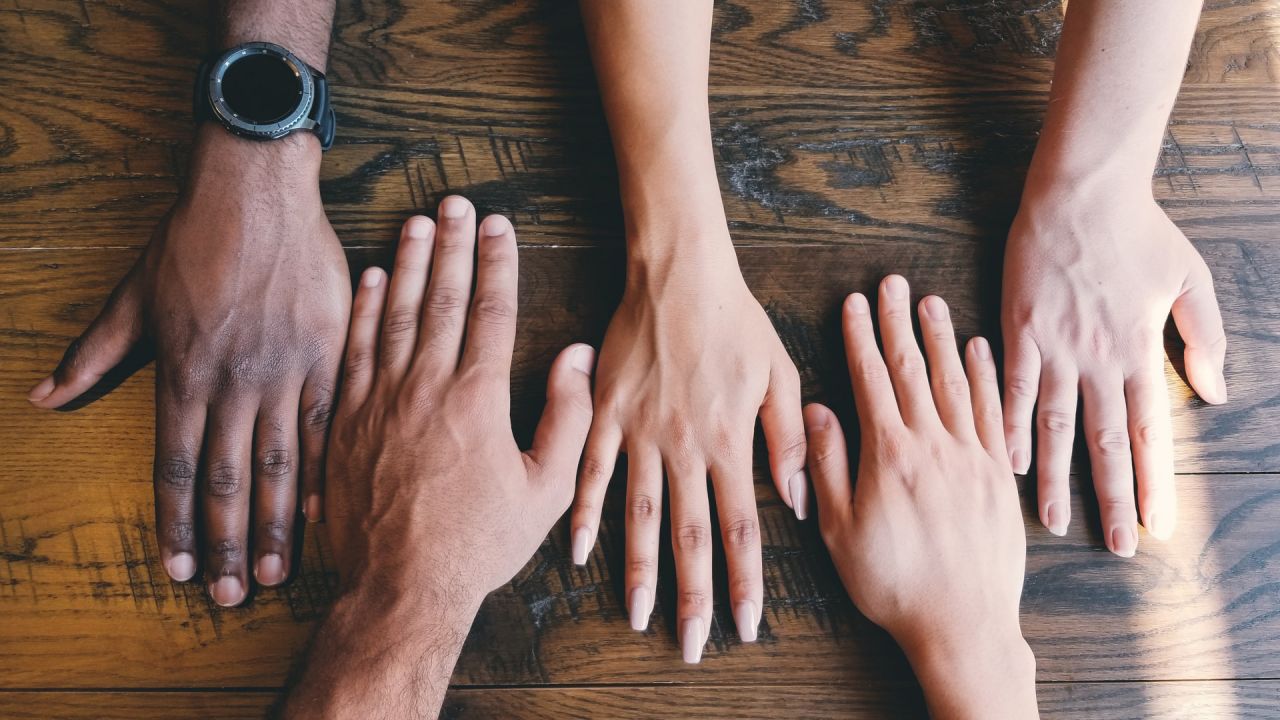As a British-born Chinese girl growing up, the only people I saw on screen who looked like me were kung fu fighters, four-eyed geeks and Vanessa Mae. Whenever I saw anyone of any colour (which was rare), I would feel that they represented me. And I still feel like that to a certain degree.
I was really proud to see a parade of people with different skin colours either presenting or picking up an award at this year’s BAFTAs. Shout-outs to (but not confined to) Letitia Wright, Michelle Yeoh, Riz Ahmed, Spike Lee, and Yalitza Aparicio, displaying the breadth of ethnicities that have made an impact in film this year. They just kept on coming and coming and it was such a joy to see myself represented on screen, and not just as a token, but as one of many. And they were all there because of their talents.
It also reminded me of how, that same day, I was walking past a 6 sheet poster advertising career support. The image was of an older white man helping a teenager of South Asian descent. It struck me then how ethnically stereotypical it was in portraying the ‘white saviour’ rescuing the less powerful person of colour. If we can and should be challenging gender stereotypes, shouldn’t we also be challenging ethnic stereotypes? If Black Panther and Crazy Rich Asians can be two of 2018’s biggest blockbusters, can we in the advertising industry start breaking norms?
Yes, there is more of a conscious effort to represent different genders, ethnicities, disabilities and sexual preferences in advertising. And they are often from big brands like Sainsbury’s, Nike and McCain. But what about the ads that we see day to day and barely take note of? Do they pass us by because they are just representing the narrative that we’ve all become accustomed to and that reflect many in our industry? Lloyds Banking Group conducted an audit in 2017 which found that, while representation of BAME doubled in two years, they were cast as a ‘supporting act’ rather than the main role. An example of this is the school Christmas play from John Lewis & Partners and their take on Bohemian Rhapsody. While there was someone representing BAME in most scenes, the key roles in the play, like the astronaut, guitarist and music teacher, were all white.

According to the IPA, in 2018 13.8% of UK ad agency employees identified as BAME, which actually reflects the 2011 census. However, 94.5% of C-suite execs are white and 97.1% of chair level board members are white. It’s less easy to see what percentage BAME makes up for marketing execs – those who ultimately make the decisions and hold the purse strings. The fact that there is an organisation called BAME 2020 whose vision is for 20% of all marketing and communication professionals to come from a BAME background by 2020 is, perhaps, telling.
So what can we do? In 2016 BAFTA set up BFI’s Diversity Standards whereby, in order to qualify in two of its award categories, the films had to meet certain criteria in front of and behind the camera. BAFTA is also consciously diversifying its membership process. A world where we have to tick boxes in order to get an ad on air is obviously not going to happen and would arguably curb creativity. However, having greater representation in decision-making roles seems the most obvious – and possibly hardest – shift. The IPA has a diversity initiative and there is BAME 2020, but can we start affecting things on the ground now? Can we, when moving into the production phase, start to implement a diversity discussion regarding casting not just talent, but also directors?
Francesca Chang, Senior Account Director

